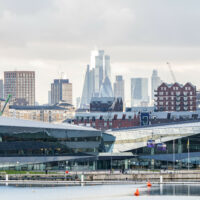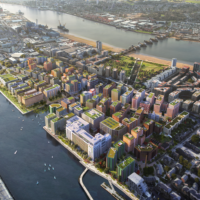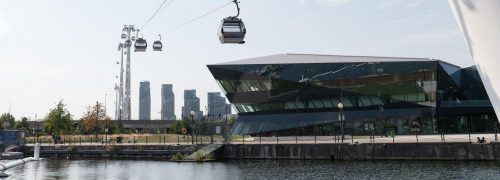
Regeneration news
People’s vote to decide new street address for the Crystal
The serene dockside at the western end of Royal Victoria Dock is a perfect spot for sitting in the Crystal gardens and watching the tranquil water and the cable cars drifting overhead. It’s also about to become the seat of London democracy.
The Mayor of London is moving east. The Crystal has long been known for breaking new ground in sustainable architecture. Now this local landmark – it really does look like a crystal – will be home to City Hall, adding a further boost to the Royal Docks’ regeneration.
With this move, we had the perfect opportunity to rename its street, currently Siemens Brothers Way, to reflect the ideas and stories of local people. Over three workshops, held by Street Space and dn&co in collaboration with Royal Docks History Club and Custom House Bookshop, 78 people from the Royal Docks shared stories about the area’s past, present and future.
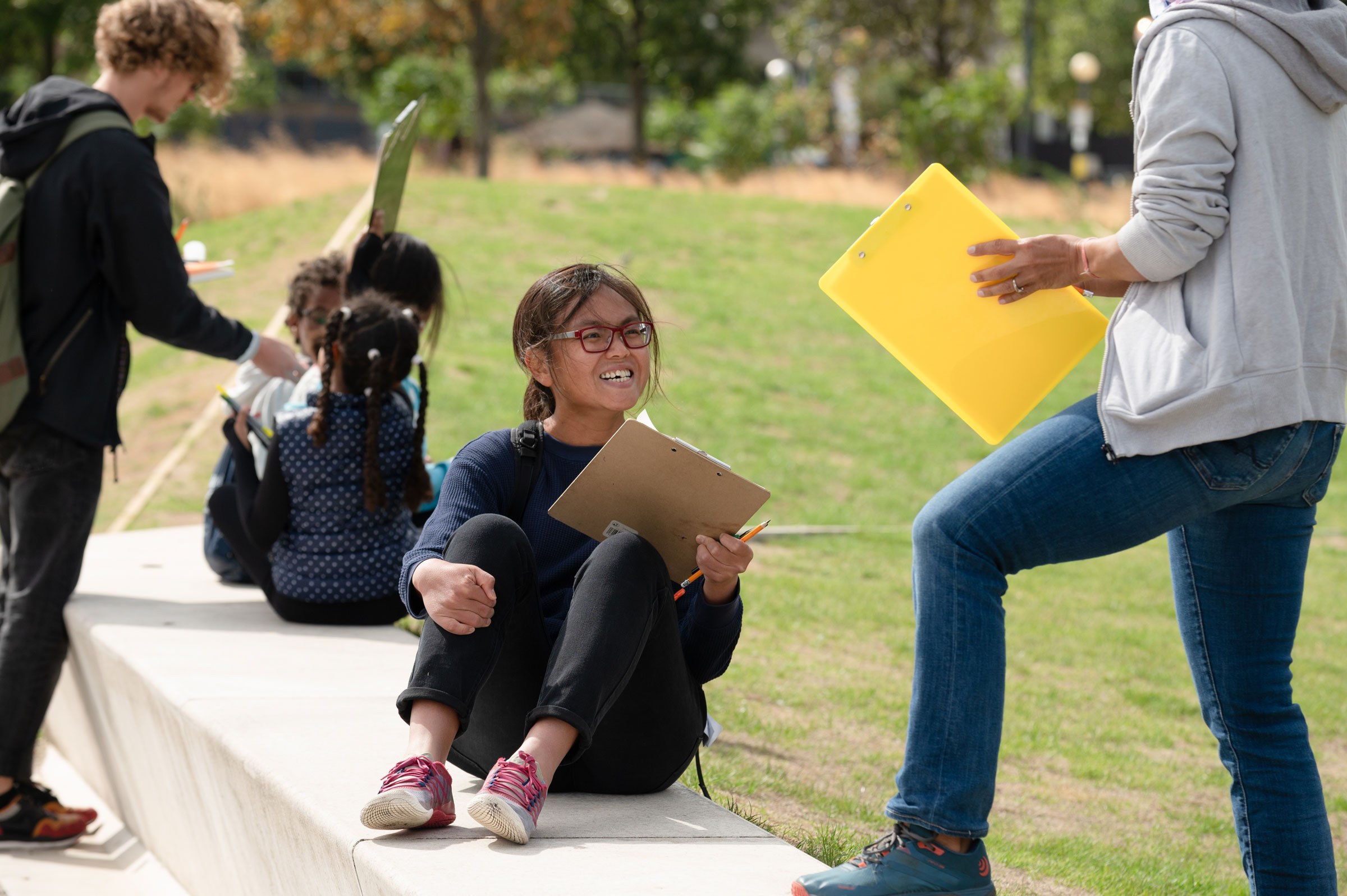
Photo by Tian Khee Siong
To hear these accounts was to be transported into living history: to a docklands still bustling with merchant ships. Older residents recalled a childhood spent sampling mysterious spices from kindly sailors (don’t try this at home), listening out for familiar ship horns and learning about the world through the vessels’ flags, which hailed from every corner of the globe.
One of my favourite meals is peasepudding with West African sweet potato and faggots – nowhere else would you think that is a normal dish, but it’s just the normal thing you have here.
- Royal Docks resident
Present day Royal Docks is a place where you might overhear any one of a hundred languages, where schoolchildren happily blend Polish, Russian and Mandarin, where an everyday supper might fuse cuisines from around the world. As one participant said, “One of my favourite meals is peasepudding with West African sweet potato and faggots – nowhere else would you think that is a normal dish, but it’s just the normal thing you have here.”

In the future workshop, young people gave unflinching descriptions of the problems that face our society today, such as racism and violence against women. They saw the Royal Docks as a place where anything is possible and where success doesn’t need to look like “what we’re used to seeing as an average white man in a suit from the City.” And they looked for it to become a land of opportunity.
Through all of the workshops was a yearning for untold stories to be recognised, celebrated and told proudly on the streets where they belong. Today, Newham is one of London’s most diverse boroughs, but the histories of the Royal Docks’ ethnically diverse seafarers have often been forgotten. These include sailors like Mahomed Gama, who hailed from what is now Pakistan, and landed in the Royal Docks while serving in the British Merchant Navy during WWI.
As his grandson Asif Shakoor told the workshop, “I never knew this until I discovered an old wooden box from my late grandmother’s belongings and came across pension letters in the book – as part of her claim she had sent his two war medals to the UK.”
The Royal Docks has enough memories to rename each of its streets many times over. But Siemens Brothers Way can only have one – and if you live locally, you’ll have had the chance to choose it. The final names inspired by these workshops were put to public vote, and the winner can be revealed as Kamal Chunchie Way, named after the eponymous race relations pioneer from Sri Lanka who founded the Coloured Men's Institute in 1926 for sailors, dock workers, and local residents.


And the Crystal’s new address isn’t the end of the naming. Instead, six principles that came out of the workshops will guide names given to new public spaces in the area over the next 20 years:
- Inspire pride in people and place
- Represent the underrepresented
- Create catchy and curious names
- Tell stories on the streets
- Celebrate the ordinary
- Co-create and add colour
We’re creating spaces across the Royal Docks that will bring its beautiful waterfronts to life, from the floating garden coming to Royal Victoria Dock to the revolving theatre that will bring a 1,150-seat venue to Royal Albert Dock. As the area evolves, local communities will have a chance to directly influence this process every step of the way. This means deciding place names, but it also means opportunities like our Public Spaces Community Working Group that lift the lid on the process in a more hands-on way.
This isn’t the end of the stories either. A collection of the narratives that workshop participants generously shared can be found here, so you can read them in their own words.
You can find more information on the opportunity and process of the renaming here [PDF 25mb]
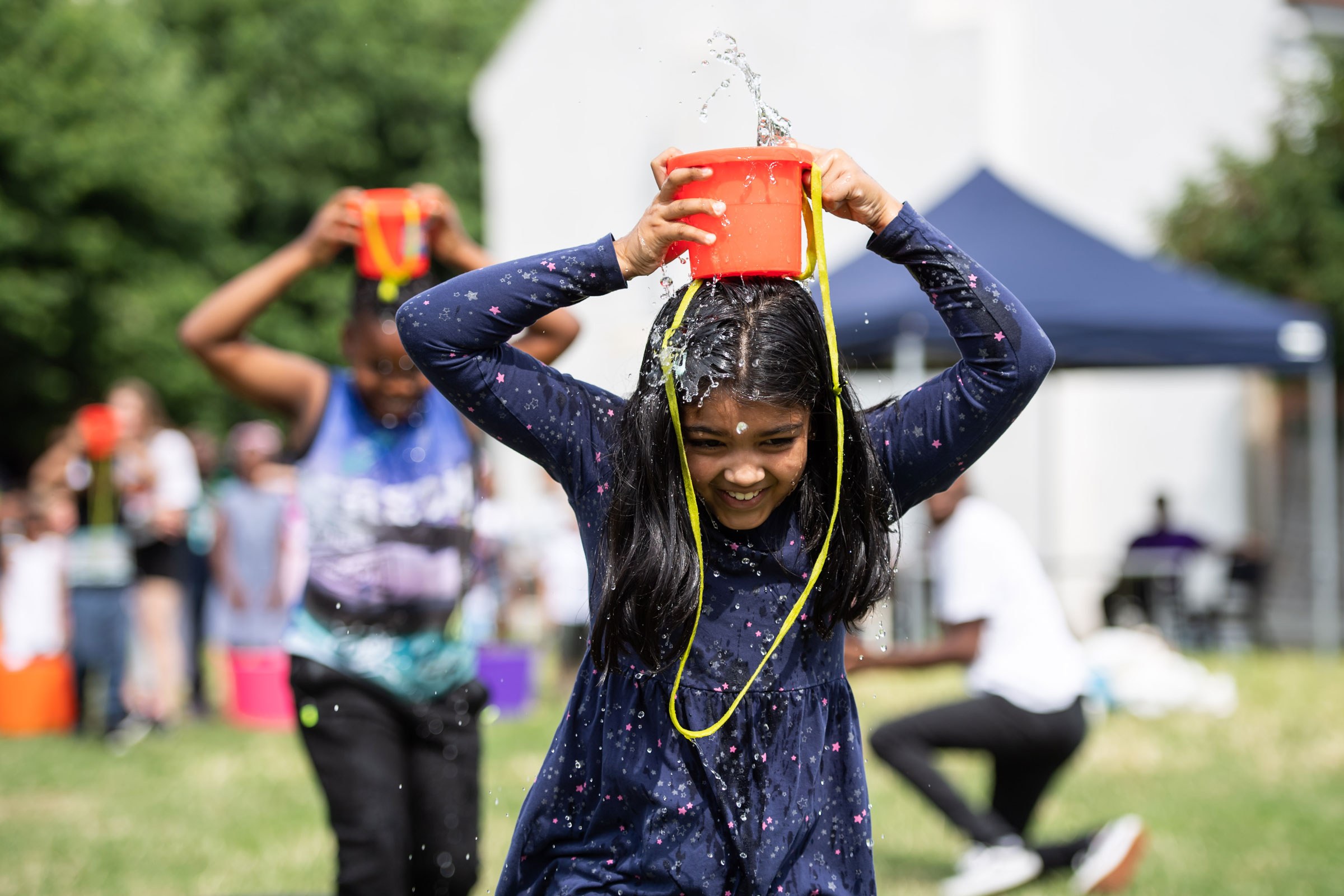
Photo by Stephen Wright
